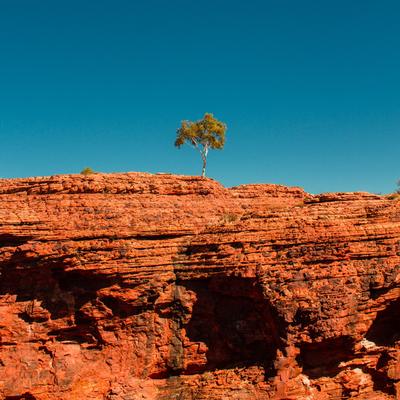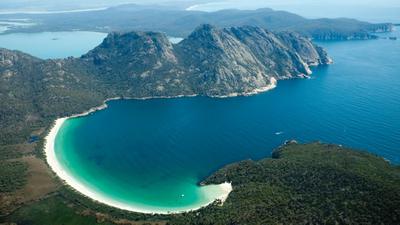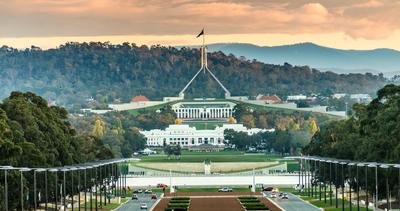Horses For Sale: Industry Poised to Race Ahead Post-Covid

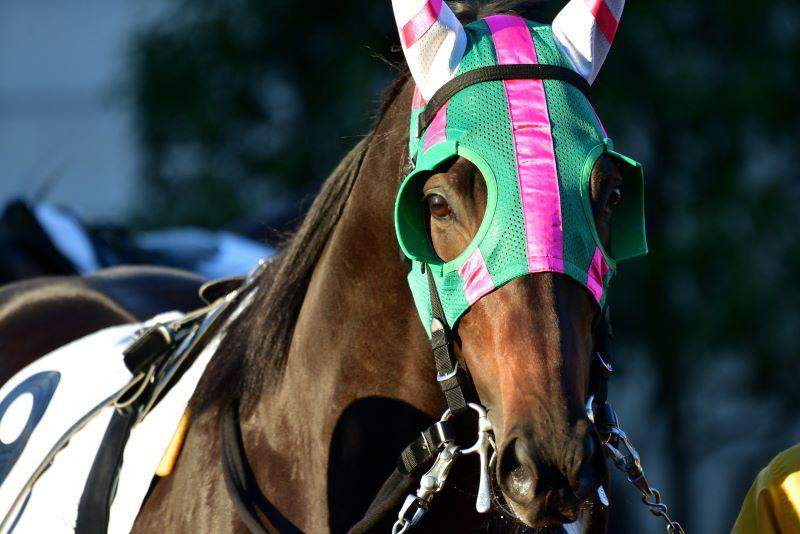
Thoroughbred Horse Sales Set To Dominant Market: IBISWorld
Australia’s horse breeding industry is forecast to resume growth over the next five years, as it recovers from the COVID-19 pandemic, according to industry forecaster IBISWorld.
Horses For Sale: Industry Outlook
The respected industry researcher predicts the industry will expand by 4.3 per cent in 2022 after declining by 2.6 percent per year on average between 2017 and 2021 – a larger drop than the agriculture, forestry and fishing sector and the broader economy overall.

IBISWorld predicts thoroughbred breeders are likely to become an increasingly dominant part of the sector over the coming five years
IBISWorld estimates the industry – which includes the breeding of thoroughbred horses for sale, standardbred horses for sale and other horse breeds for sale mainly to trainers for the purpose of horse and harness racing; as well as other breeds generally for sale to the public for recreational purposes such as dressage and show jumping – comprises around 3,320 businesses employing over 6,000 people and generating an estimated $1.2 billion in annual revenues.
As the industry recovers from the pandemic, IBISWorld predicts thoroughbred breeders are likely to become an increasingly dominant part of the sector over the coming five years.
Conversely, it suggests standardbred horse breeders will continue exiting the industry, in line with declining demand from harness racing.
Demand from overseas customers for Australian thoroughbred race horses for sale is anticipated to rise over the next five years, as international trade bounces back after the disruptions caused by the COVID-19 pandemic, IBISWorld says.
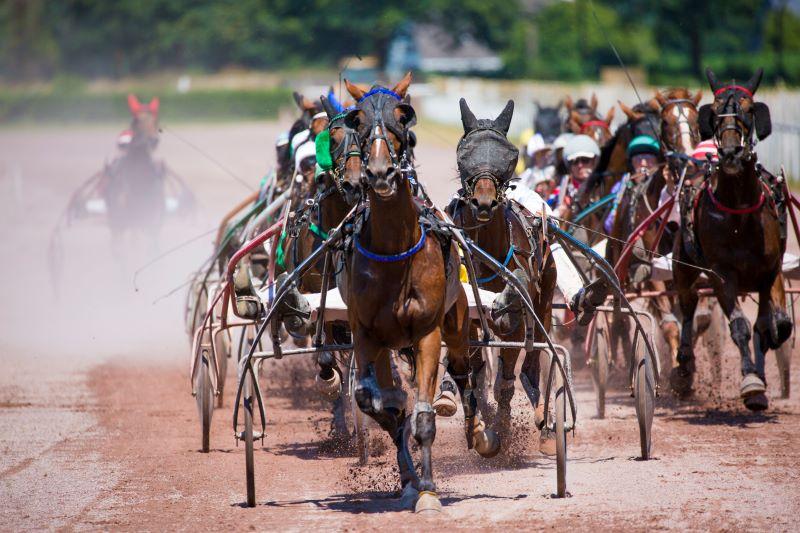
IBISWorld predicts standardbred horse breeders will continue exiting the industry, in line with declining demand from harness racing
Import volumes are also expected to pick up after declining during the pandemic, due to disrupted global supply chains.
“The COVID-19 pandemic is expected to constrain domestic and export demand in the horse farming industry,” IBISWorld wrote in a report updated in late October 2021.
“As a result, industry revenue declined over the two years through 2020-21. However, industry revenue will likely pick up in the current year, as economic activity recovers as the country gets increasingly vaccinated.”
It does note, however, that “higher costs relating to horse transport and making sure that farms comply with COVID-19 workplace safety regulations” will continue to have a negative impact on profitability.
Horses For Sale: Industry Size
According to the Thoroughbred Breeders Australia (TBA) - the industry’s national peak body - Australia has the second-largest thoroughbred breeding industry in the world after the United States, with 660 stud farms across the country and a thoroughbred horse population of more than 20,000 mares and almost 600 stallions.
It notes the industry is not dominated by any one big player, with the vast majority of breeders – some 76 per cent – having just one or two mares.

Thoroughbred Breeders Australia says the vast majority of breeders – some 76 per cent – are small, with just one or two mares
In terms of production, more than half of all mares are owned by breeders with five or fewer horses, it adds.
TBA estimates the industry’s annual economic contribution at $1.2 billion – in line with IBISWorld – but puts employment higher at nearly 9,500 full-timers.
Production of race horses for sale accounts for 52.5 per cent (or $491 million), while stallion fees ($240 million or 25.7 per cent) and profits from yearling sales ($157 million or 16.8 per cent) are other major contributors, it notes.
Horses For Sale: Regional Impact
And while there are key “centres of excellence”, such as the Hunter Valley, Queensland’s Darling Downs and north-east Victoria, every state and territory has its own breeding industry, TBA says.
The scale of production means that thoroughbred breeding makes a huge contribution to Australia’s regional economy, supporting thousands of jobs directly, as well as many more in related areas such as horse transport, fencing, fodder, veterinary services and insurance, it adds.
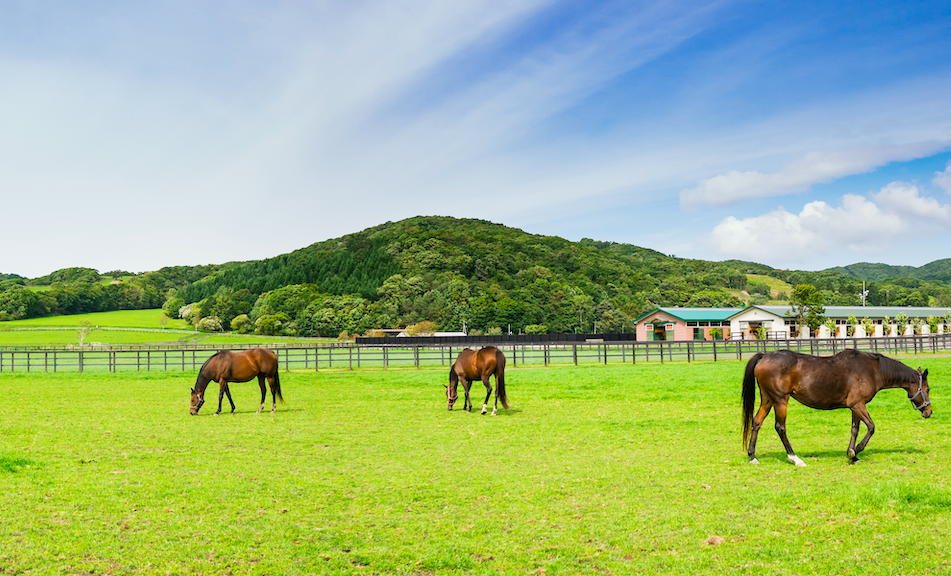
NSW's Hunter Valley, Queensland’s Darling Downs and Victoria's north-east are Australia's largest breeding hubs
NSW – particularly the Hunter Valley – remains the largest hub of breeding, worth nearly $655 million, but there are active breeding regions throughout Australia, particularly in Victoria ($193.3 million) and Queensland ($93.4 million), according to the TBA.
Consequently, NSW remains the largest employer with close to 3,000 full-time or part-time staff, acting on behalf of 2,200 breeders, with an estimated $560 million spent on wages each year, it estimates.
Horses For Sale: Flow-on Effects
Furthermore, TBA says the continued health of domestic breeding is fundamental to the ongoing viability of the Australian racing industry and the running of more than 2,500 race meetings across the country each year.
These meetings, from small rural tracks which are at the heart of their communities, to the glamour of the Melbourne Cup, provide vital wagering tax revenue for state governments, generate tens of thousands of jobs and are often major tourist events in their own right, it notes.
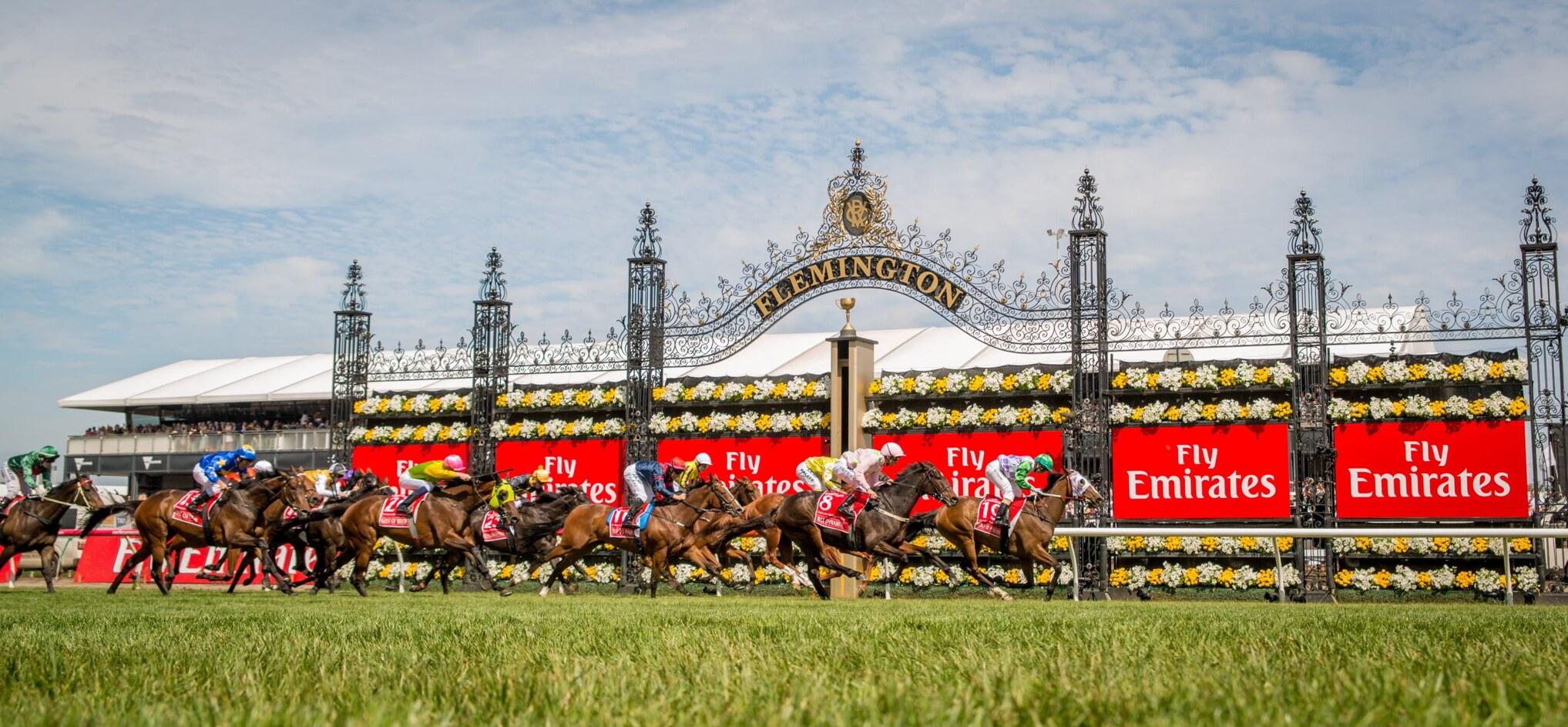
There are more than 2,500 race meetings across the country each year, from small rural races to the Melbourne Cup
The thoroughbred racing industry is worth approximately $5 billion per annum to the Australian economy, and employs more than 65,000 people, particularly in rural and regional areas, according to the TBA.
Importantly, it points out that Australian prizemoney has soared by 84 per cent in the past 10 years, compared to 54 per cent in the UK and -4 per cent in the USA, with over 60 races worth $1 million or greater, including the $15 million The Everest – the richest race in the world on turf.
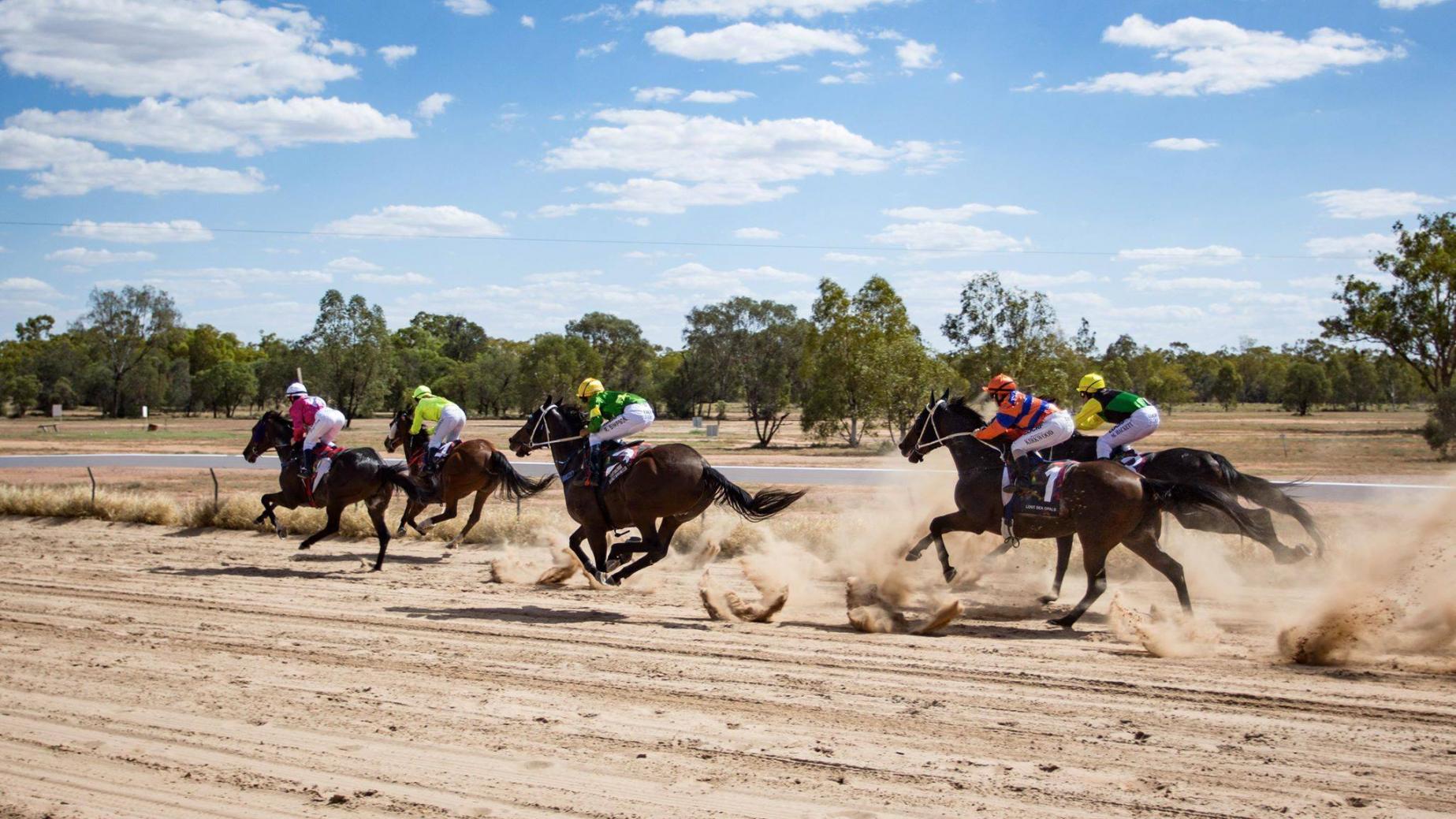
Ther annual Lightning Ridge Easter Festival features one of thousands of small horse races held in Australia each year
“Aside from our home-grown world champions Black Caviar and Winx, our sprinters have dominated world rankings for over a decade and include 2018 Royal Ascot Diamond Jubilee winner, Merchant Navy and Hong Kong superstars such as Rapper Dragon, Mr Stunning and Golden Sixty,” TBA says.
“This success ensures that each year hundreds of investors visit these shores to buy our stock, with a view to exporting it to race or breed from in their home country. Many others have bought their own breeding farms in Australia, cementing their commitment to our industry.”
Horses For Sale: Thoroughbred Sales
TBA says the Australian thoroughbred sales scene is a vibrant one. With major public auctions in each state of the nation, vendors and buyers are provided with great opportunities to buy and sell horses, especially thoroughbred horses for sale and race horses for sale, it notes.
Additionally, many thoroughbred and race horses are sold through private sales or online auctions.

There are two major public auction companies in Australia, Magic Millions and William Inglis
Australian thoroughbred horses for sale can be sold at different times of their lifespan including as weanlings (less than one-year old), yearlings (one-year old), breeze-ups (unraced two-year-olds), tried racehorses and broodmares.
There are two major public auction companies in Australia, Magic Millions and William Inglis. They both have an annual schedule of public auctions occurring in each state of Australia.
Click here for a calendar of Australia’s major public auctions for 2022, updated as of January 20, 2022.





